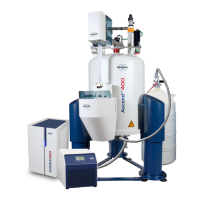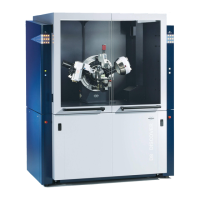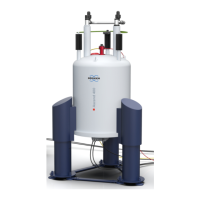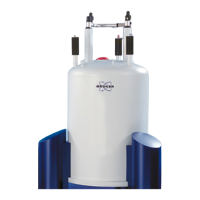Utility Requirements
70 / 120 H157654_9_011
8.3.4.3 Filters
Micro-filters must be fitted as the last element in the supply line. For specification see the
section Other Specifications [}66].
Absorption dryers are prone to oil contamination and as such the input must be fitted with a
oil filter (oil < 0.01 mg/m
3
99.9% removal efficiency). To protect the dryers, regardless of type,
you are advised to install a water filter and an oil filter between the compressor and the dryer.
Adsorption dryers may generate dust and may need extra dust filters at the output.
The output of refrigeration dryers must be fed through a carbon activated filter.
Water filters must be fitted with automatic water drains as opposed to manual drains. The use
of valve switched drains is strongly recommended. Floater switched drains have a tendency
to become jammed and hence require regular maintenance.
If you are particularly concerned about oil contamination in the air supply then you must con-
sider using a submicron filter followed by an activated charcoal filter as this combination is
particularly effective in removing oil.
8.4 Liquid Nitrogen Requirements
Purity of Liquid Nitrogen
Bruker has no specification for the quality of the liquid nitrogen. Inhouse we are using a purity
of >99.9 %. There are no field gradients known because of the para-magnetism of oxygen.
Nitrogen and oxygen are fully mixable over the whole concentration range.
Liquid nitrogen has a lower boiling point at −196 °C (77 K) than oxygen's −183 °C (90 K), and
vessels containing liquid nitrogen can condense oxygen from air. When most of the nitrogen
has evaporated from such a vessel, there is a risk that liquid oxygen remaining can react vio-
lently with organic material. Conversely, liquid nitrogen or liquid air can be oxygen-enriched
by letting it stand in open air; atmospheric oxygen dissolves in it, while nitrogen evaporates
preferentially.
A few percent of oxygen in the liquid nitrogen vessel will only give a minor temperature in-
crease of the boiling point and will thus not increase the helium loss. With the higher boiling
point the amount of oxygen will increase over the time.
Small nitrogen liquefiers will achieve a nitrogen content of >98 %. When using such a quality
of nitrogen it is recommended to check the content of oxygen in the nitrogen vessel regularly.
To limit the oxygen content it is advisable to refill when the nitrogen vessel is at least half
empty. To get rid of the oxygen completely, wait until the liquid has evaporated before refill-
ing. Be aware when only the helium has to cool the magnet coil the boil off will be about 40
times higher.
Refer to the chapter Safe Handling of Cryogenic Substances [}16] for important information
on the safe handling of liquid nitrogen.
8.5 Cooling Water
If the system is equipped with the CryoProbe option and the compressor is water cooled,
then cooling water is also needed to remove the ca. 7.5 kW of heat output from the water-
cooled type helium compressor used in conjunction with the CryoProbe. The cooling water
requirements for the CryoProbe system are found in the chapter Helium Compressor - Indoor
Water Cooled [}94].
When the magnet is equipped with a BNL and the water-cooled option, then cooling water is
needed to remove the ca. 2.5 kW of heat output from the water-cooled type helium compres-
sor.

